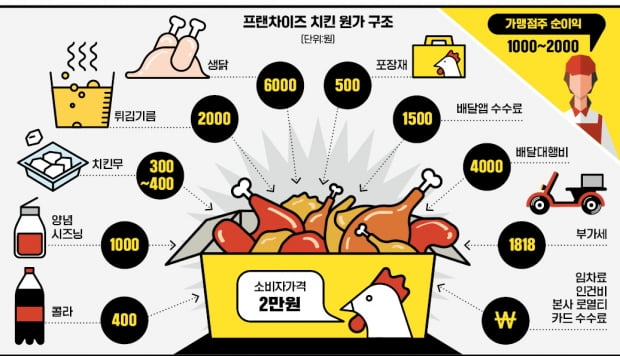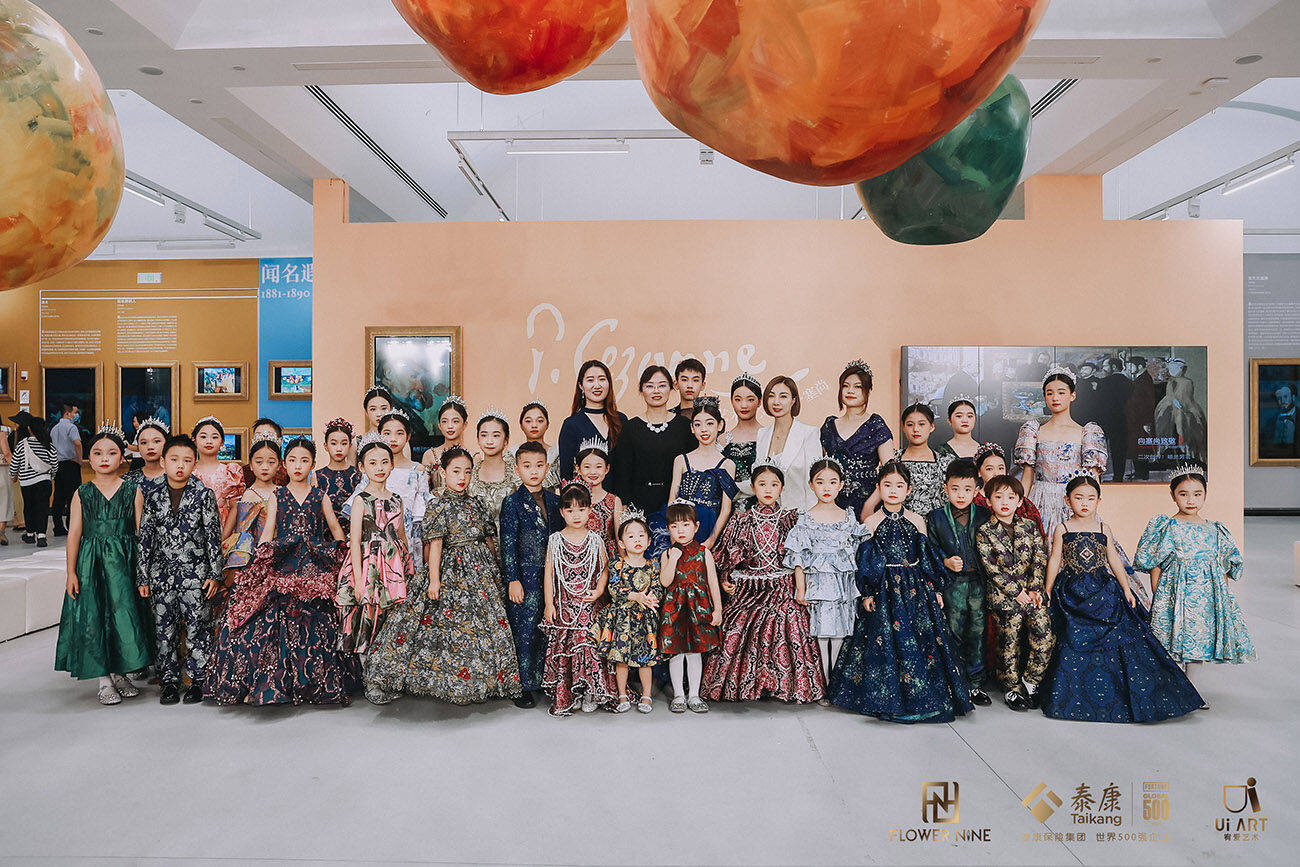Less than 10,000 won per large commercial ship
Deductible: from 20,000 to 25,000 won
It looks like chicken
If you look at it, the weight of the chicken is different.
Differences in the “willingness to pay” of consumers
People who want to eat comfortably at home
Even if I pay the delivery fee, I eat it
If you want an affordable price, buy it at the supermarket.
–
A “chicken game” is in progress. Big markets like E-Mart, Homeplus, and Lotte Mart have recently released chicken priced between 6,000 and 9,000 won. That’s a third of the price of the famous franchise chicken, which costs 20,000 to 25,000 won. Market chickens sell like wings. There has been a spark in the franchise chicken industry. If you get more than 20,000 won for a chicken that can be sold for 6,000 won, that’s not bad. From 6,000 won to 25,000 won …. What is the right price for chicken?
–
Because the market price of tteokbokki is similarBehind the controversy is the idea that “the same product should have the same price”. In economics, this is called the “law of one price”. Proposed by the British economist William Jevons in the mid-19th century, this law explains the basic properties of a market economy.
For example, suppose the price of Pokemon Bread is 1,500 won in Seoul and 3,000 won in Busan. Anyone who knows will buy Pokemon Bread for 1,500 won in Seoul and sell it for 3,000 won in Busan to make a profit (suppose the cost of transportation between Seoul and Busan is 0 won). It is called a “transaction”. If those transactions rise, the price of Pokemon Bread will rise in Seoul and the price of Pokémon Bread will fall in Busan, eventually adjusting the price of Pokémon Bread in Seoul and Busan to the same level (one price).
It is also the result of competition. If you go to the market, there are several shops selling tteokbokki and sundae. If one of these stores sells for a higher price than the other, there will be fewer customers. In order for the store not to lag behind the competition, it must lower its prices to a level similar to that of other houses. Conversely, if one store sells for less than another, other stores will also lower the price to avoid losing customers, and all stores will be priced the same. The difference between Starbucks coffee and cheap coffeeIn fact, there are many cases where the law of one price does not apply. There are several limitations. Transporting and selling Pokemon Bread from Seoul to Busan costs money. If arbitrage does not occur due to the burden of transportation costs, the price difference between Seoul and Busan will remain the same. Prices also vary according to the structure of market competition. There are various types of bread in Seoul that compete with Pokémon bread, and if there is no bread in Busan other than Pokémon bread, it can be sold for a higher price in Busan than in Seoul.
A product that looks the same on the outside may be a different product when you open it. The tall size of American coffee is 4,500 won by Starbucks and 1,500 won in some low-cost coffee shops. However, this price difference is maintained. This is because consumers don’t see Starbucks coffee and low-cost coffee as the same product.
So is the chicken. It’s hard to say that franchise chicken and hypermarket chicken are exactly the same product. Hypermarket chicken uses chicken that weighs 100-200g less than the franchise chicken, and chicken radish is not provided for free. Chicken franchise can be delivered at home, but consumers have to go to the supermarket to buy chicken from the hypermarket. ‘willingness to pay’ determines the priceEven the exact same product can have different prices depending on where it is sold. Bottled water of the same brand and capacity is 300 won in large markets and 900 won in convenience stores. This difference occurs because the amount consumers are willing to pay – the ‘willingness to pay’ – varies according to the situation. Consumers who drive their car in a large supermarket far away want to buy goods cheaper even if it’s 10 won. On the other hand, consumers who are thirsty and who stop at a nearby convenience store are willing to pay a rather high price.
There is also a difference in the willingness of consumers to pay for hypermarket chicken and franchise chicken. Consumers who want to eat chicken for a low price will go to a large market to buy chicken without hesitation, and consumers who want to have it home delivered will choose franchised chicken and gladly pay the delivery fee at a high price. In both cases, the result of free market trade is the “equilibrium price”. Just because it’s cheap or expensive doesn’t mean it’s an inappropriate price. As long as the government does not intervene in the market and distort prices, it can help improve consumer welfare such as hypermarket chicken such as hypermarket chicken and franchise chicken such as franchise chicken.
By Yoo Seung-ho, staff reporter [email protected]
–


